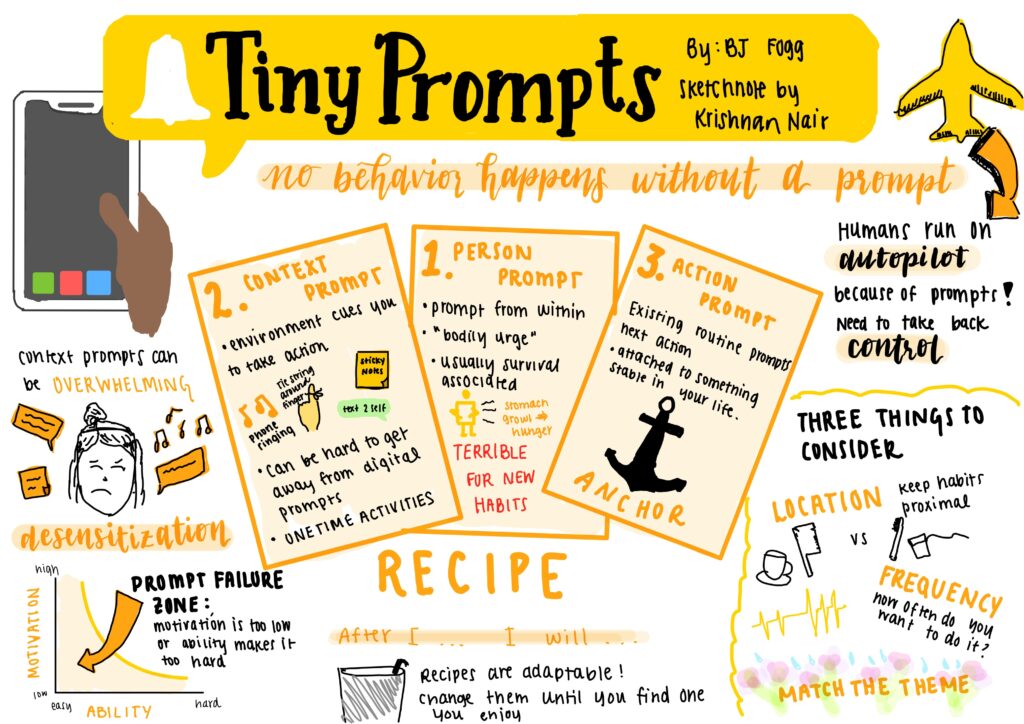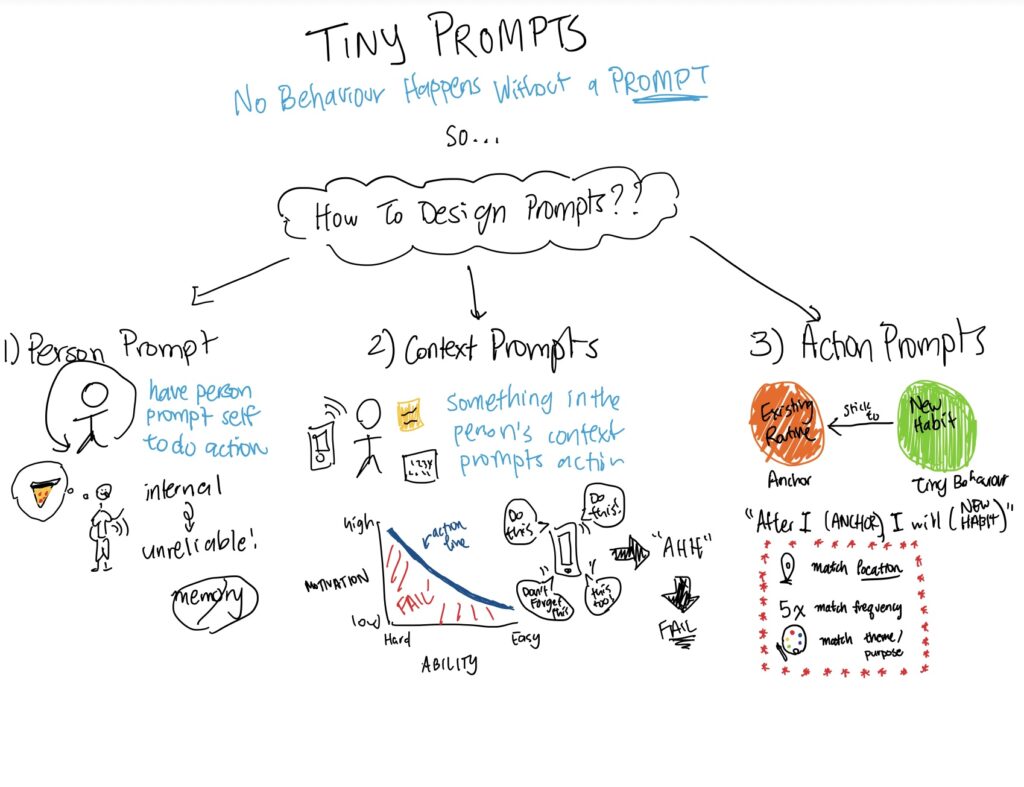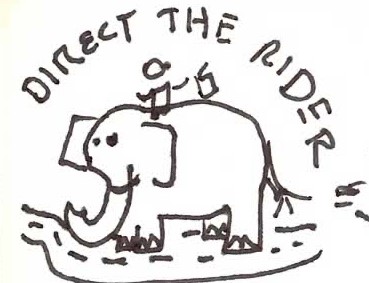Overall, I feel like I learned a lot from this class, not only in terms of practical skills like prototyping and interviewing, but also in regards to working within a team and thinking creatively about solutions. When we first started our need-finding and ideation process, I was a little worried because our problem space (doomscrolling) is one that’s been examined a lot on the market already. But by the end of the class, I was really happy with our solution and think that we chose a creative route that differentiated us from other methods that were already on the market. I also liked the process of doing our baseline and intervention study, especially because I did my study with family and friends. Most people my age tend to have a problem with doomscrolling, but getting more insight as to my family and friends’ phone habits and how they want to change them made the problem feel more personal and allowed me to learn a lot about the nuances of the issue. I realized that my participants’ perceptions of their own phone usage wasn’t very black and white, because there are both positive and negative things that can come up depending on how they’re using their phone or when they’re using a certain app. But I think this also made our need-finding process a bit more complicated because we had to consolidate the results across all of our participants, but each participant’s phone use was highly personal and specific to them. Because of this, we often had to take a step back and look at the bigger picture in order to draw out common themes or similarities between the different participants. One such theme we noticed was that participants who tried to reduce their doomscrolling habits previously often found that the methods they used were too easily bypassed and they would just fall back into the same habits. More restrictive methods seemed to be more effective, for example, one of our participants had her boyfriend set a password in her iOS ScreenTime in order to prevent her from using certain apps for too long, and this seemed to work better than her just setting the password herself. I think this is what led us to think of solutions that would be restrictive enough without being too invasive, and it was really rewarding to think about how we could come up with something that could strike a balance between these two things.
On this train of thought, although I think that we tried to come up with a solution that could hold users accountable without feeling too authoritarian, our app might still run into the risk of feeling too invasive. If this were to be a real app on the market, then users would have to consent to allowing the app to track which apps they’re on at a given time. This would be a serious ethical consideration to think about, especially when it comes to handling real users’ data. Since this is a central feature of our app, it may just be the case that we have to isolate certain users who don’t want their data being tracked in this way. In general, if the app were to move forward, I think it would be important to think about which ethical questions we can adequately address and if there are too many concerns that we can’t actually address, then it might warrant a rework of the solution. Especially since our solution uses tracking features, I think ethical questions relating to privacy and consent would be especially important to consider.
Overall, it was a really rewarding process to work towards our solution as a team. I feel like I learned a lot from my team members and I liked how we weren’t afraid to challenge each other’s ideas and build off of each other in order to design something that would be meaningful and effective. I think that going through this process taught me how to think creatively about not only behavior change, but also about ideation and solutions in general.



